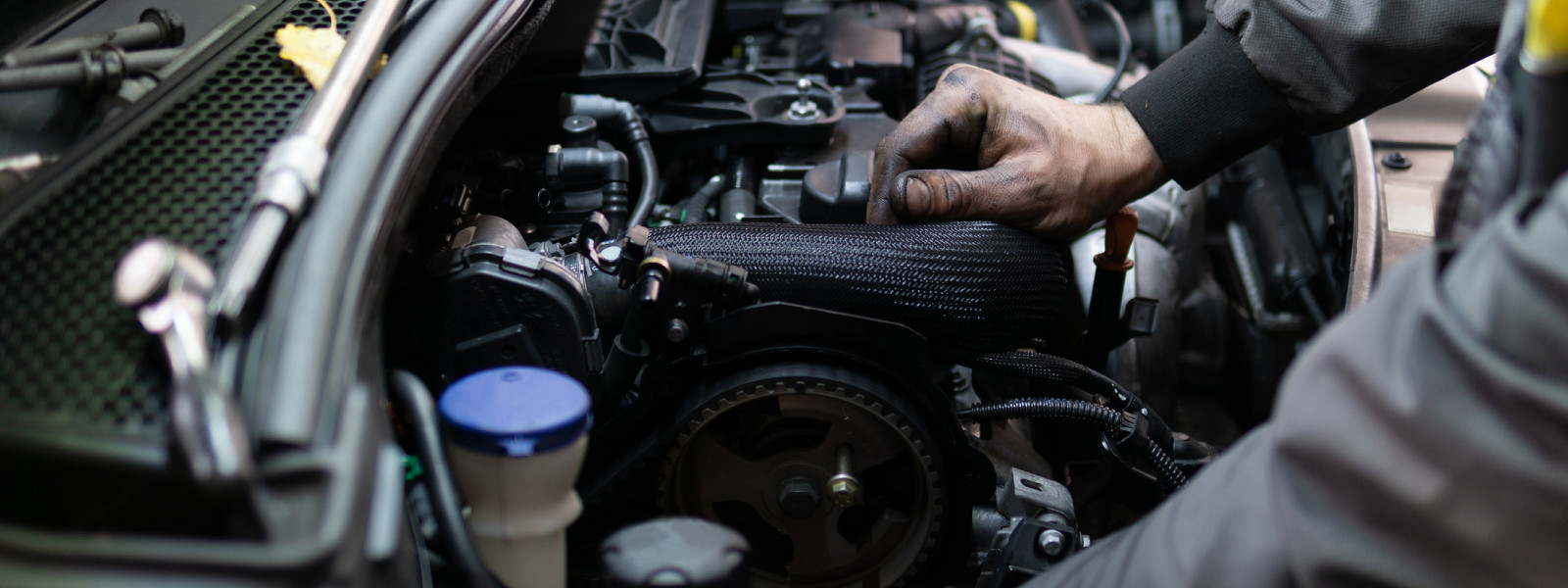Most Popular Land Rover Engine Type Concern

Out of the variety of different SUV models on the market today, Land Rovers have a special place in enthusiasts' hearts. Since 1948, Range Rover has been a dedicated off-road brand that builds a rugged and dependable all-terrain vehicle for all adventurous or urban bound types. Establishing their name and quality, Land Rovers all over the world are known to provide a top level of performance through most environmental circumstances or terrain. Despite their reputation, there are still things worth noting and evaluating depending on the engine type, and some concerns that may be experienced as a result. This article will break down and explore some of these points:
Land Rover TD5 Engine
Land Rover TDV6 Engine
Land Rover Ingenium Diesel Engine
Land Rover 4.0 and 4.6-Litre V8
Land Rover AJ133 and AJ126 Engines
Land Rover Ingenium Gasoline Engine
Land Rover Diesel Engine
Over the years, Land Rover installed several different diesel engines in their models. The diesel units were mainly used in their Defender models since they were more suited to the tough and rugged character of the vehicle and offered more torque and better fuel consumption than the regular gasoline motor. Diesel engines had also proven to be pretty popular in Discovery, Freelander, Evoque, Velar, and Range Rover SUV models since modern technology made those engines smooth, powerful, and economical.
• Land Rover TD5 Engine
1998 to 2007 TD5 engines were modern, turbocharged, and had a five-cylinder engine installed in Defender and Discovery models. It had 2.5-litres of displacement and delivered 122 or 136 hp with 221/223 lb-ft of torque. This unit had several characteristic issues, with the first being the failing fuel regulators, which are easily detected by the smell of fuel and noticeable leaks behind the engine. As with any fuel leak, this is potentially dangerous since it can catch on fire. The second known problem was the crank positioning sensor, with symptoms being rough idle and problematic starting. Earlier models had issues with cooling and with cylinder head cracks, which can be severe.
• Land Rover TDV6 Engine
The TDV6 family of engines was introduced in 2007 and is still in production today. The early models had 2.7-litre displacement, which was later upgraded to 3.0-litres. All engines are in V6 configuration with common-rail technology and turbochargers. Those units are found in Discovery and Range Rover Sports. The main problem with these motors are failing oil pumps; often leading to inadequate lubrication if the vehicle wasn't used for too long. Besides that, some owners reported problems with breaking crankshafts which required complete and costly engine replacements. Regular and meticulous servicing is known to prevent those issues.
• Land Rover Ingenium Diesel Engine
The Ingenium engine family consists of several diesel and gasoline units with displacements ranging from 2.0 to 3.0-litres. They are used in almost all current Land Rover and Range Rover models, and those motors are modernly designed, powerful, and very economical. However, they are also known for several problems, mainly with overheating, timing chains, and PDF filters. Land Rover acknowledged some of those problems and issued several recalls, but the problem with timing chains were not addressed. Timing chains can be prone to wear and coming out of sync, causing the timing of the engine to be off causing fatal engine damage. The PDF filters are often clogged due to excessive city driving.
Land Rover Gasoline Engines
Besides diesel engines, Land Rover always offered more powerful gasoline options. From the older 4.0 and 4.6-litre V8 units to modern supercharged V8 and turbocharged six-cylinder motors. As always, those engines weren't without their flaws.
• Land Rover 4.0 and 4.6-Litre V8
Besides the notorious over fuel consumption and reduced power, the old Rover-made V8 engines were also known for overheating, consistent with similar vehicles of that era. Made from aluminum, they had tiny cooling channels, and as soon as the temperature rose, the cylinder heads got crooked, and the car started leaking coolant. Used until 2004 and replaced by more modern engines, those V8s weren't a favourite with most customers.
• Land Rover AJ133 and AJ126
The AJ133 and A126 engines are a family of V6 and V8 engines used since 2004, up to recently when the Ingenium range replaced them. Those engines were developed with the help of Ford since it owned Land Rover at the time and have some interchangeable parts with Ford's V6 and V8 units. The most common problems were failing oil pumps, which led to oil starvation, a flawed cooling system, and glitchy engine electronics systems.
• Land Rover Ingenium Gasoline Engine Problem
Although the Ingenium range of modern petrol engines has been praised for its engineering, in real-life conditions, those motors proved to have several issues which annoyed owners. The cambelts are prone to snapping, and cooling was often problematic with supercharged units.
What To Do When You Experience Any Engine Problem With Your Land Rover
Even though old Land Rovers are known for being DIY-friendly vehicles, this is not the case with modern cars. The advancements in technology require special tools and service procedures so if you experience any of the listed problems with your Land Rover model, call the brand specialist immediately. A fast response will minimalize the potential damage and save you a significant amount of money. Do not ignore various symptoms and dashboard warning lights since waiting will only make the problem more substantial and expensive.